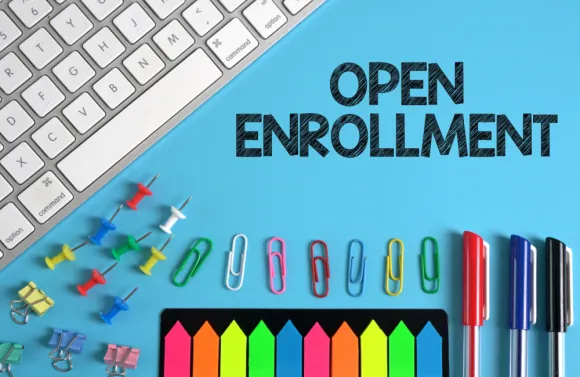
The employee benefits experience is part of what makes your company a desirable place to work, so here are our best ideas for helping to make sure your benefits strategy supports a winning employee experience.
1. Create an Employee Value Proposition that Addresses Unmet Needs
Benefits are a powerful way to attract and retain talent and keep your employer brand on the competitive edge. Using feedback you’ve gathered helps you uncover your people’s unique needs and expectations, alerting you to new benefits opportunities such as coverage for fertility treatments, financial coaching or virtual mental health services. When a benefits program meets their specific needs, it not only alleviates your employee’s stressors, but also builds a strong EVP where employees feel seen and heard and has talent knocking on your door.
2. Engage Employees Through a Variety of Listening Posts
Creating spaces where employees feel they can share their voice makes them feel valued, respected and cared-for. Plus, their needs evolve so keeping an ear to the ground can help you track changes that you can act on. Surveys are a straightforward way to find out more about what employees want and need, and you can also hold focus groups or garner feedback from Employee Resource Groups. Holding “office hours” is also a way to show your employees you have an open-door policy for feedback. Whatever methods are right for your organization, make sure to document feedback year-round so you can track patterns and introduce meaningful benefit changes.
3. Credit Employees for Making an Impact
Close the loop so employees can see exactly how their benefits feedback helps shape benefit strategy and, in turn, drives desirable outcomes for employees and the company. You can do this by using real-life examples and sharing concrete results in your benefits communications. And keep your impact messaging front and center all year round to remind your workforce that they make a difference to organizational success.
4. Fill Employees' Benefit Knowledge Gaps
At least 88 percent of adults living in the U.S. have health literacy inadequate to navigate the healthcare system and promote their wellbeing. Poor benefits comprehension can lead to suboptimal care choices, increased costs for you and your employees, and a negative view of your benefits program.
One way to combat this is by proactively identifying knowledge gaps using employee surveys, benefits utilization trends and even medical claims history. You can use the insights to develop a plan to empower your workforce with additional support so they can avoid negative experiences like receiving surprise bills for out-of-network care. Consider delivering more benefits education sessions, arming them with decision support tools or providing materials they can access on-demand.
5. Provide a Consistent Digital Experience
Full mobile enrollment and benefits management capabilities — optimized for both smartphones and tablets — bring the level of convenience that your employees have come to expect as modern-day consumer. And be sure to provide functionality around spending account data, claims data, decision support, care navigation and more.

